Tips For Treating Mature Filler Patients
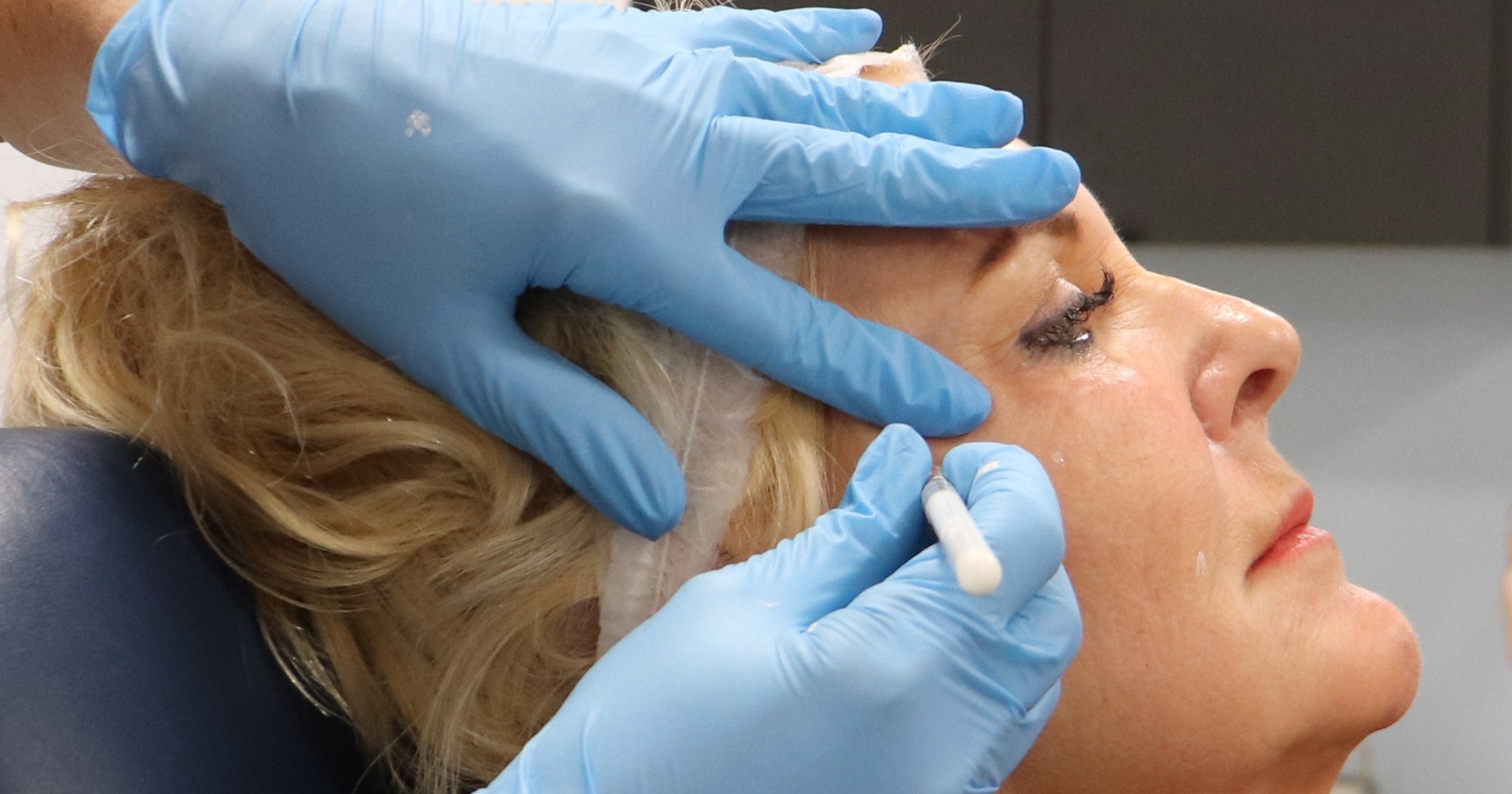
Read on for six key tips for treating mature filler patients, as new research finds ageing accelerates at ages 44 and 60.
Marketing images and Instagram posts may give the impression that the average filler patient is in their late 20s to early 40s. This is not true, these simply tend to be the patients most likely to consent to having their images shared publicly.
Being able to treat mature aesthetic medicine patients is extremely rewarding both for you and your clients. The outcomes can provide wonderful case studies for your portfolio, as well as a fantastic sense of satisfaction.
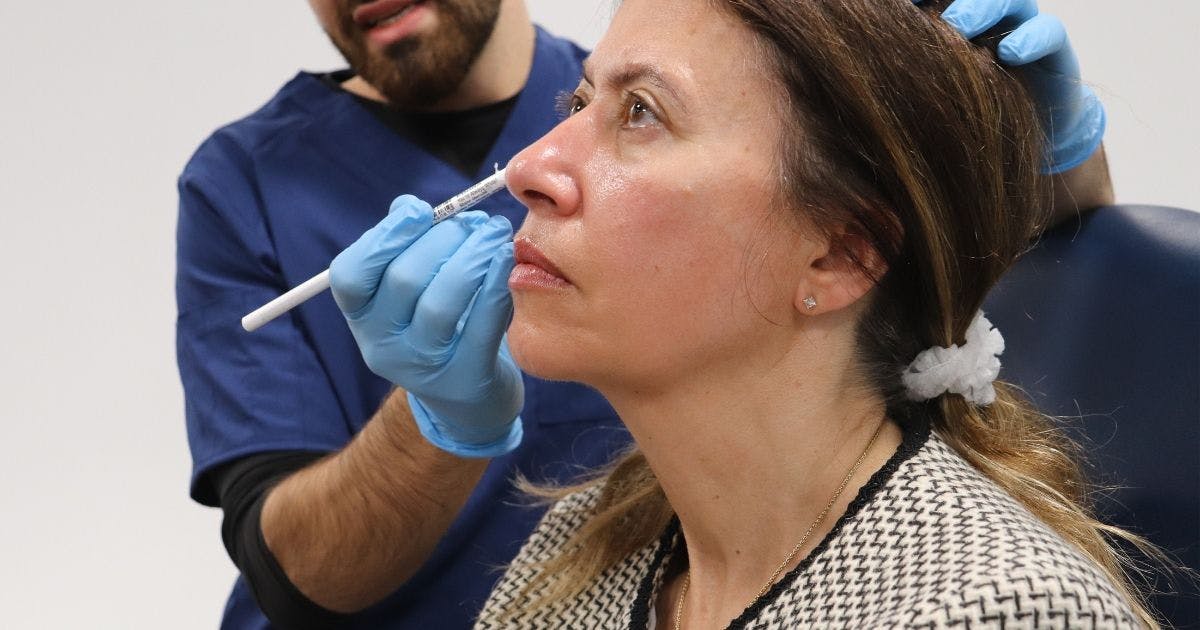
It’s no exaggeration to say these outcomes can be life changing for mature dermal filler patients in particular. At the very least, they can provide an effective solution that boosts the individual’s confidence and self-esteem.
Often, as they tend not to see themselves reflected in aesthetics industry marketing, older patients may not have believed injectables were suitable for them, let alone could have such a profound, yet still natural-looking, result. Helping patients feel significant and worthy in a society somewhat focused on an ‘anti-ageing’ dialogue is truly rewarding.
New research pinpoints when we experience accelerated ageing
It seems that ageing may accelerate at two key times in a person's life, according to a new study.
Published in the Nature Aging journal in August 2024*, it highlights "substantial" age-related changes at approximately age 44 and again at 60 years.
Researchers report, “The analysis revealed consistent nonlinear patterns in molecular markers of ageing, with substantial dysregulation occurring at two major periods occurring at approximately 44 years and 60 years of chronological age.”
*Source: Shen, X., Wang, C., Zhou, X. et al. Nonlinear dynamics of multi-omics profiles during human aging. Nat Aging (2024).
Expert tips for treating mature filler patients
With this new information in mind, how confident are you in treating the older patient demographics?
We spoke to aesthetics specialist and director of education at Harley Academy, Dr Kalpna Pindolia, to get her top tips for treating mature filler patients. These include the six key steps to honing your approach for treating over 60s seeking cosmetic injectables...
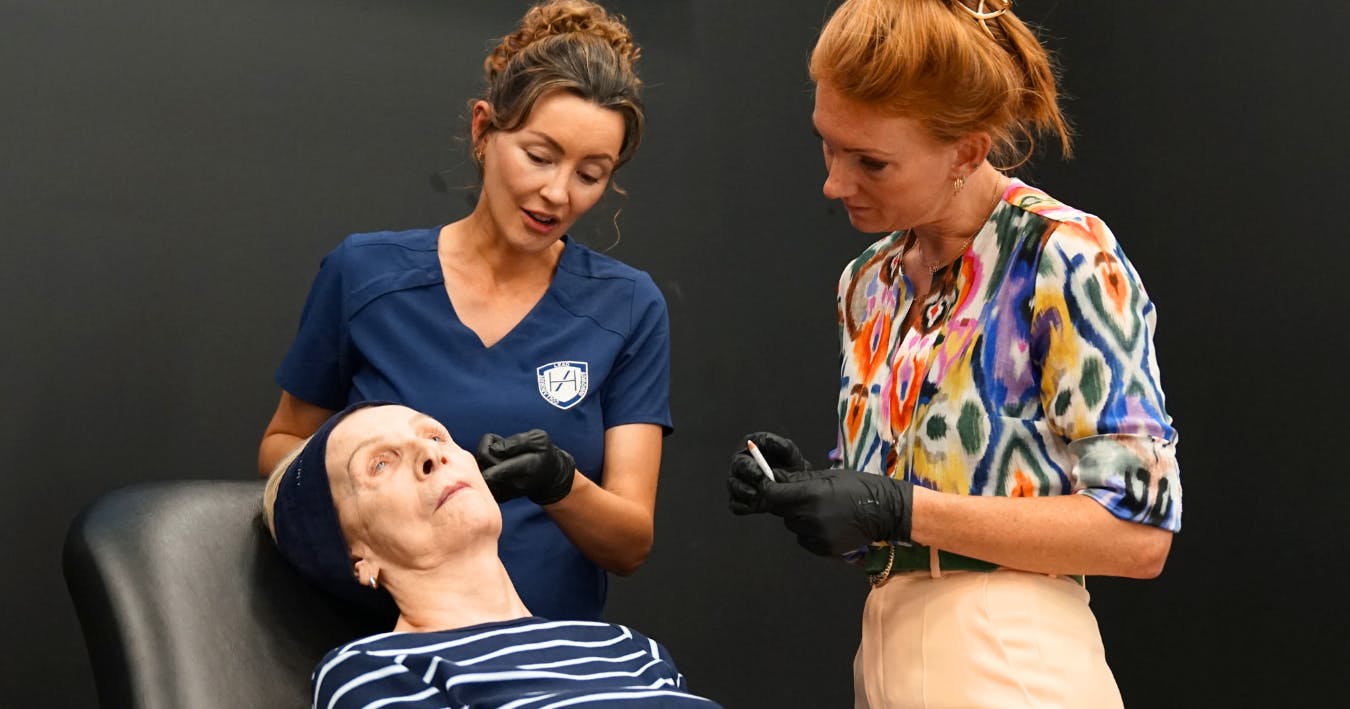
When treating older filler patients who are over 60…
Understand their reasoning
It’s important to really understand your patient’s drivers for seeking cosmetic enhancements. What is their “why”? And, especially if this is their first time getting injectables, why now? This will help you to form a better idea of the outcome they want and, therefore, a more effective treatment plan. Their language can be quite different to younger patients, for instance, they may describe looking angry or sad, when they are not. It is then up to you to diagnose the physical cause of their concerns in order to address them.
See how they looked when they were younger
Ask them to bring in a picture of themselves in younger years, it can tell you a lot about how they are ageing. It can also reflect their goals and inform how you go about restoring their features in an age-appropriate way.
Consider trauma and healing in the older patient
Carefully consider trauma and healing in the older patient, as well as other medical conditions and medications. Injectable treatments may cause more inflammation and bruising. The healing process may be more prolonged, so downtime may be extended. Patients may also have other co-morbidity to consider and be on medication that may contraindicate treatment. Their medical concerns will always trump aesthetic treatments when considering options.
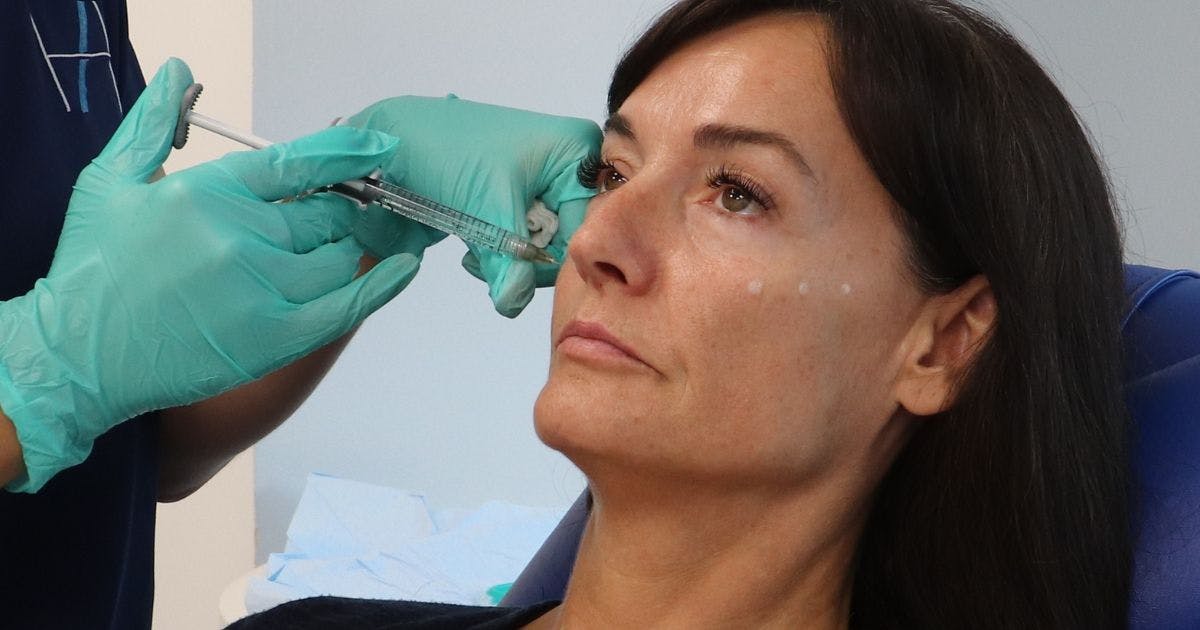
Review the face holistically and consider multiple treatments
Mature patients are more likely to benefit from a number of treatments, rather than one-offs, such as lip filler, for example. Various filler treatments can leave them looking rejuvenated by providing an overall facial refresh. This tends to be the widely desired goal for patients in their 60s and above, whereas younger clients often have singular aims, for example, more voluminous lips.
Review the face holistically and outline the challenges and benefits of the various treatment options to your patient clearly. It is helpful to employ the usual parameters with treatment planning, such as treating deeper layers, superior regions and lateral areas first. Skin quality is usually an important aesthetic to consider. Remember to explain that, even if they do decide to go with multiple treatments, they do not have to have these all in one session.
Communicate realistic expectations
Whilst patients over 60 are likely to see more significant results, they need to know exactly what to expect. Include bruising and healing information when discussing the likely outcome. Static lines and significant folds or jowls may not be completely eradicated and they will usually need more mls, so budget is a consideration for treatment.
Minimise the likelihood of post-treatment regret
When doing a full face refresh, or even just a few separate filler treatments, I find it useful to space out the sessions. This can reduce the risk of post-decisional regret which is a particular consideration when patients are new to such treatments.
I recently had an older patient who had been considering treatments for a long while. Not uncommonly for her age group, she felt increasingly invisible. After 2 years of regular Botox treatments, she decided she was ready to start her filler journey. It was truly heart-warming to receive a lovely message of thanks a week after her treatment, including a picture of her enjoying an important event – being far from invisible!
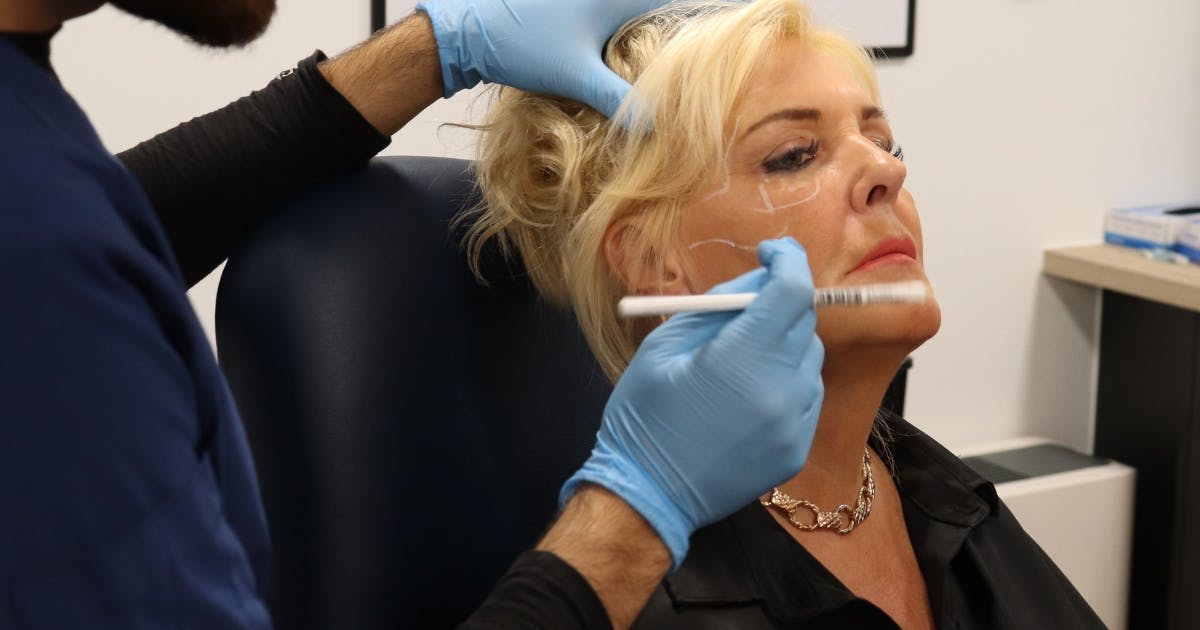
Treating mature filler patients during your aesthetics training
In order to be a true aesthetics specialist, it’s crucial to know how to treat every patient demographic. This includes all genders, skin tones and age groups.
We have an ageing population and, as injectors, we have a skillset that can help people feel better about themselves. This, if nothing else, makes being able to treat mature filler patients good business sense.
Besides the financial rewards, treating mature filler patients is a real privilege and often a thoroughly rewarding experience. To do this effectively, learning about anatomy, facial ageing and skin ageing is imperative.
This holistic approach is extensively covered in our Level 7 Diploma in Botox and Dermal Fillers.
Start off on the right foot by ensuring you treat as broad a range of patients as possible while you are training. This way, you can learn from your mentor as you treat them and, should you encounter issues or idiosyncrasies you may be unaware of, they can guide you. Learning in this hands-on way is empowering and builds confidence for when you start injecting on your own. It’s also fun!
We encourage you to bring your own patients to treat during clinical mentoring sessions for the Level 7 Diploma. This allows you to also follow-up with them privately and learn more from your cases.
To find out more about expanding your aesthetic medicine education and honing your injecting skills, book a call with Deneal Basi. As our head of student recruitment, he’s perfectly placed to guide you through our range of aesthetics courses and find the one that best meets your needs.
All information correct at the time of publication
Download our full prospectus
Browse all our injectables, dermal fillers and cosmetic dermatology courses in one document
By submitting this form, you agree to receive marketing about our products, events, promotions and exclusive content. Consent is not a condition of purchase, and no purchase is necessary. Message frequency varies. View our Privacy Policy and Terms & Conditions
Attend our FREE open evening
If you're not sure which course is right for you, let us help
Join us online or in-person at our free open evening to learn more
Our Partners













STAY INFORMED
Sign up to receive industry news, careers advice, special offers and information on Harley Academy courses and services

